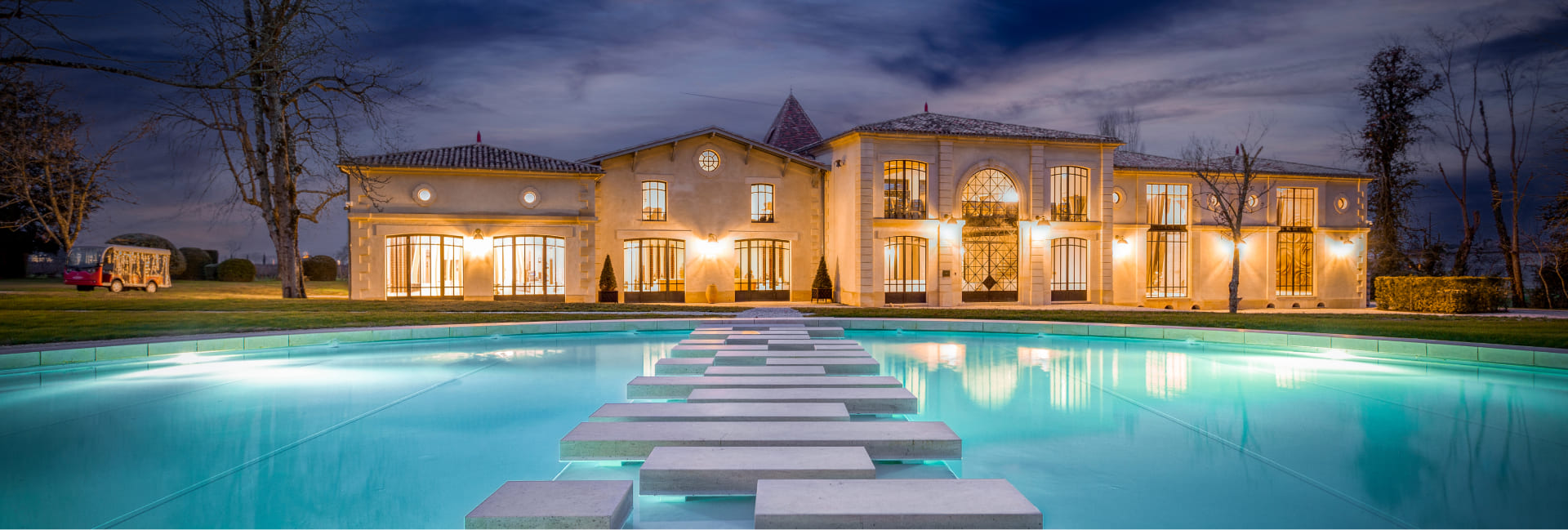An iconic family estate in Saint-Emilion
Château Montlabert has managed to preserve, over the centuries, the vestiges of its early times.
Reflecting a lifestyle of simplicity and elegance, all the buildings harmoniously and balancedly come together to create a gem at the heart of the vineyards of Saint-Emilion.
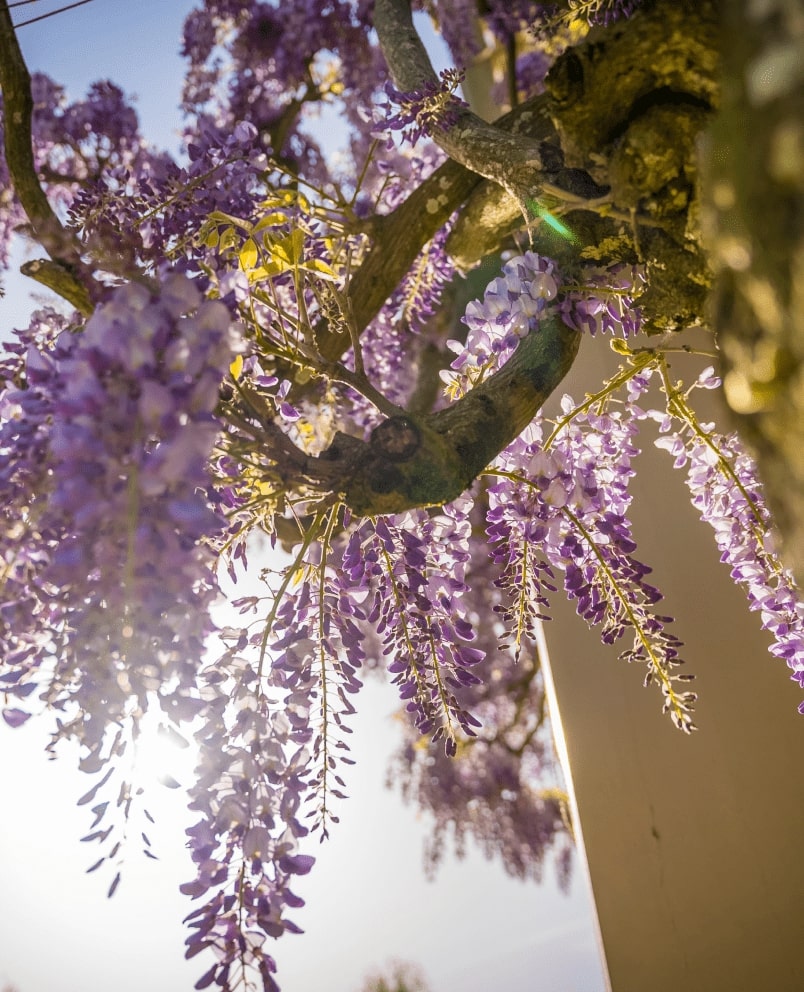
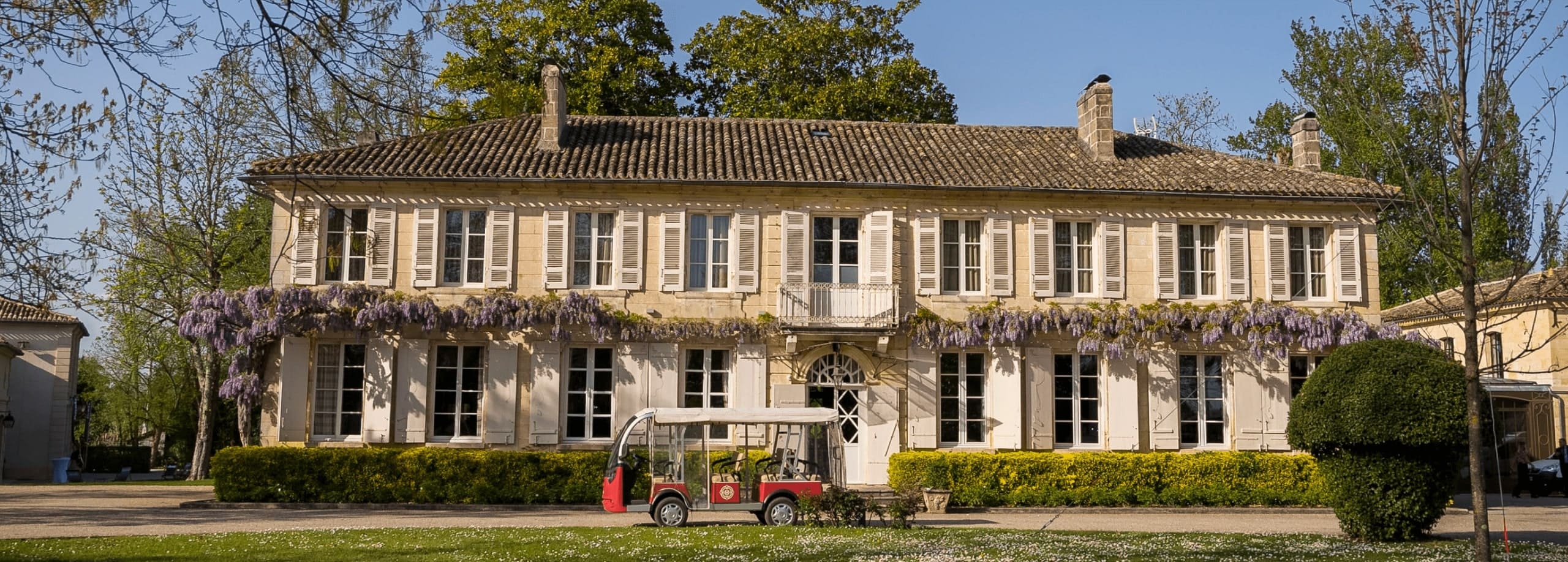
Behind its neo-classical facade in dressed stone, Château Montlabert overflows with memories.
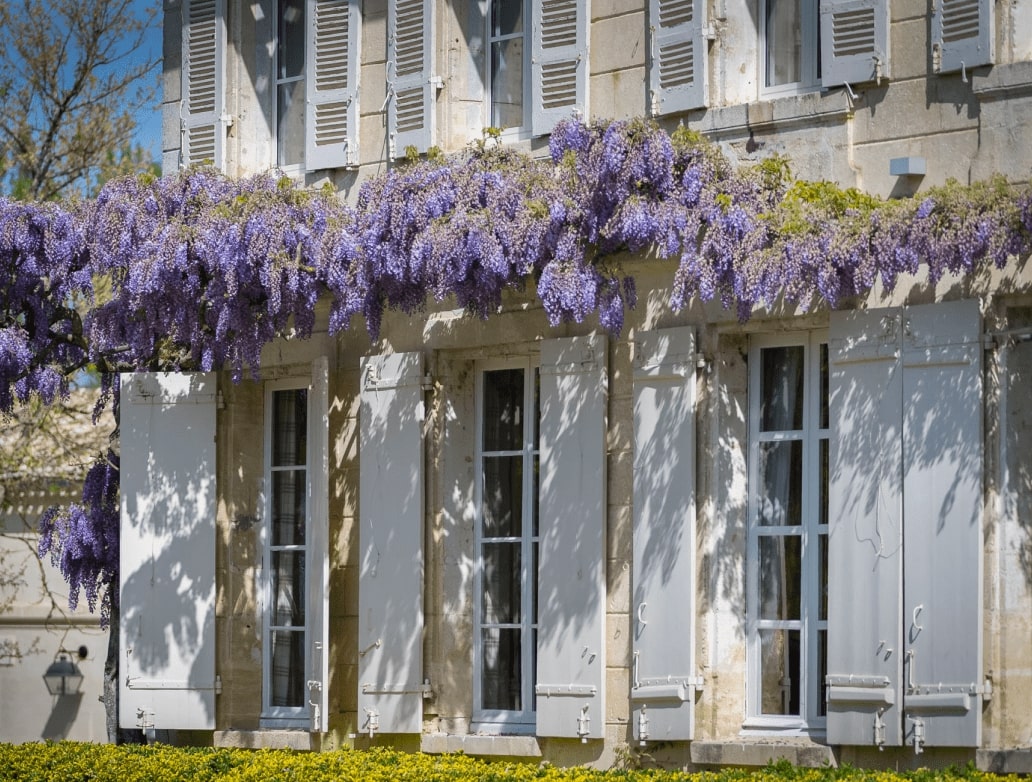
For nearly a century, it was owned by one of the oldest and most prestigious families of Libourne: the Decazes family. Over time, they held the most honorable positions in the city and were involved in the wine trade while maintaining wine production on their lands.
Over the generations and seasons, the property has witnessed family gatherings during summer, as well as the toils of working the land and tending to the vineyards, and the ritual of the harvest in Saint-Emilion.
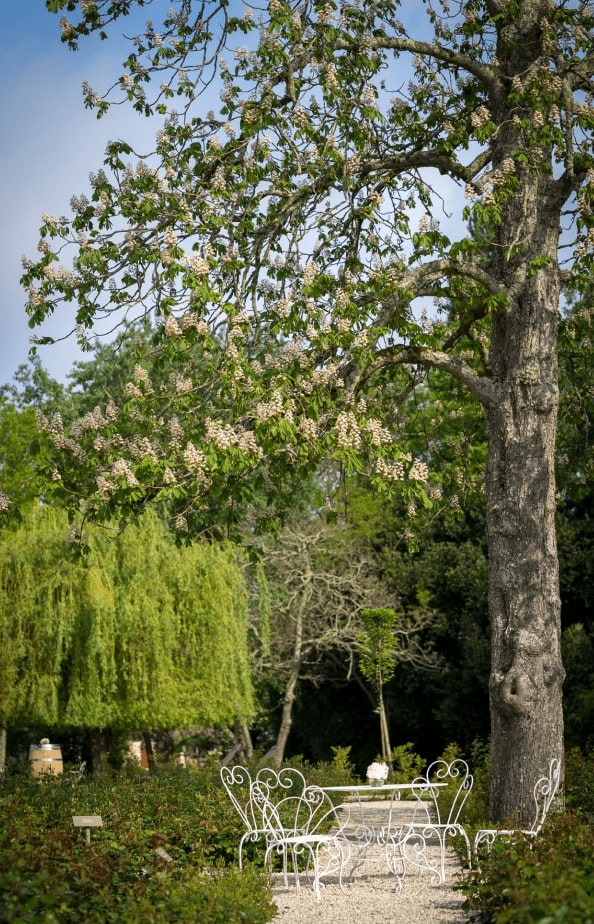
In the 18th century, the estate was known as the "Maison Noble de Montlabert." It was from 1750 that this wine farm took on its current name, "Château Montlabert."
For over ten years, all the attention has been focused on listening to and understanding the terroir to shape a new story.
Thanks to a strong commitment to the environment and biodiversity, efforts centered around the vineyard, and the integration of innovative tools, Château Montlabert has become one of the jewels of the region and has earned recognition from its peers as a Grand Cru Classé of Saint Emilion.
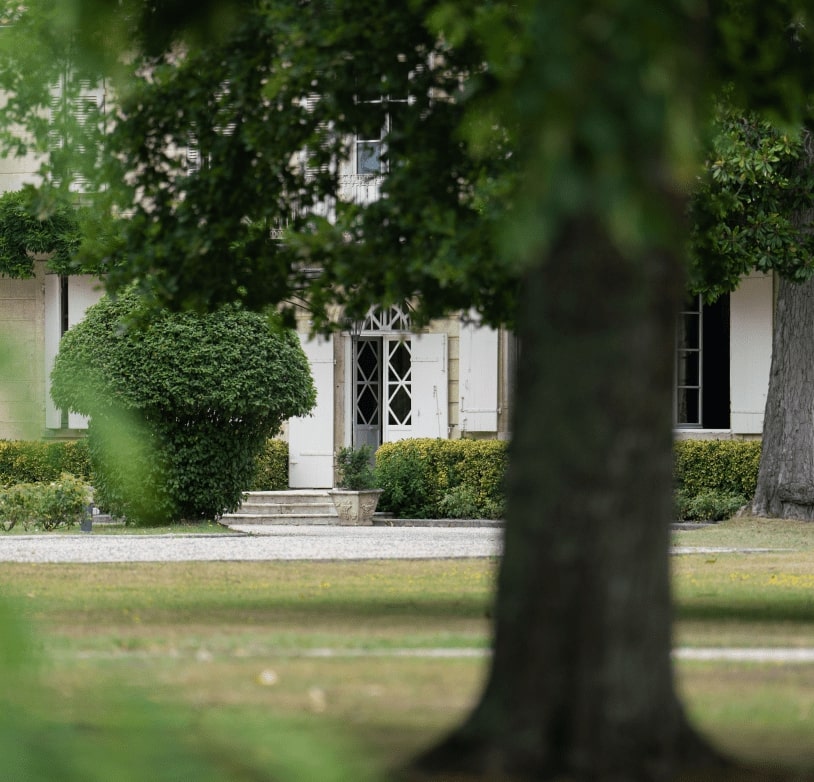
Château Montlabert has crossed the centuries with discretion while preserving the remnants of its era.
It is one of the few estates that have preserved its avenue of evergreen oaks, which cuts through the vineyards and opens up to the English-style park. There, the large white flowers of a magnificent two-hundred-year-old magnolia spread a sweet scent of anise and apricot all the way to the doors of the Chartreuse. The building borrows its harmony and balance from the style of the Age of Enlightenment.
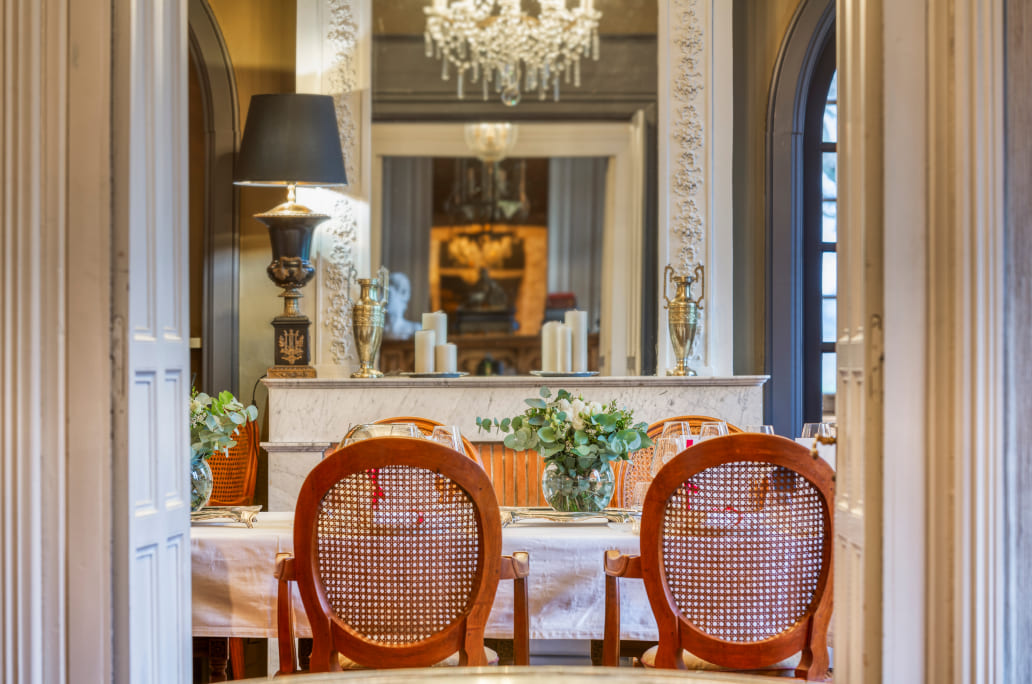
The back of the building reveals a "French-style" garden with its pathways designed around a central basin and a rose garden, where, in the spring, ancient varieties of white roses bloom.
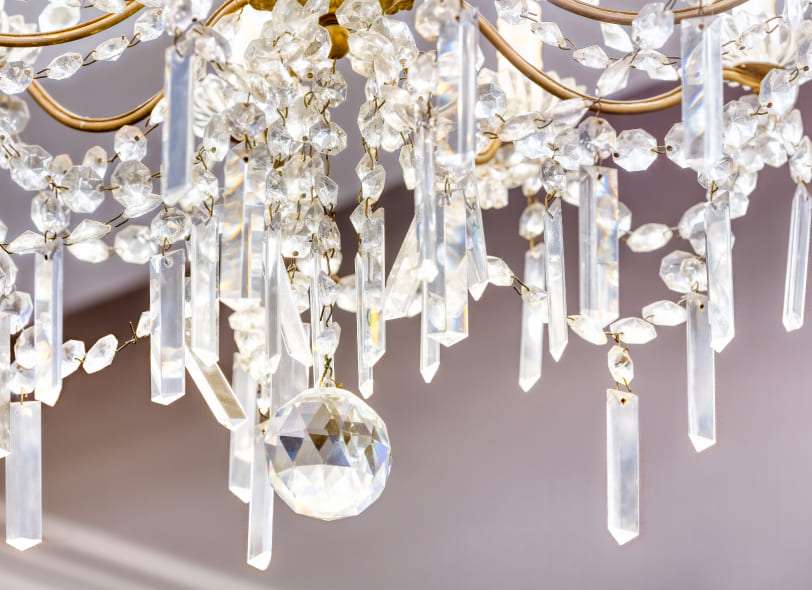
In the background of the building, the agricultural functions come into view. To the east, the orangery and its greenhouse once sheltered fruit trees during the winter. To the west, the winemaking facility was carefully designed to reduce its environmental impact by 60%.
The living room, always located on the west side of the building, allows one to enjoy sunlight throughout the day. The kitchen, on the other hand, fosters a sense of sharing and conviviality, enticing guests to taste one of the estate's vintages. The vivid and ancient tapestries, period armchairs, chandeliers, and engravings...
Everything in this place reflects a simple and elegant way of life from the 18th century.
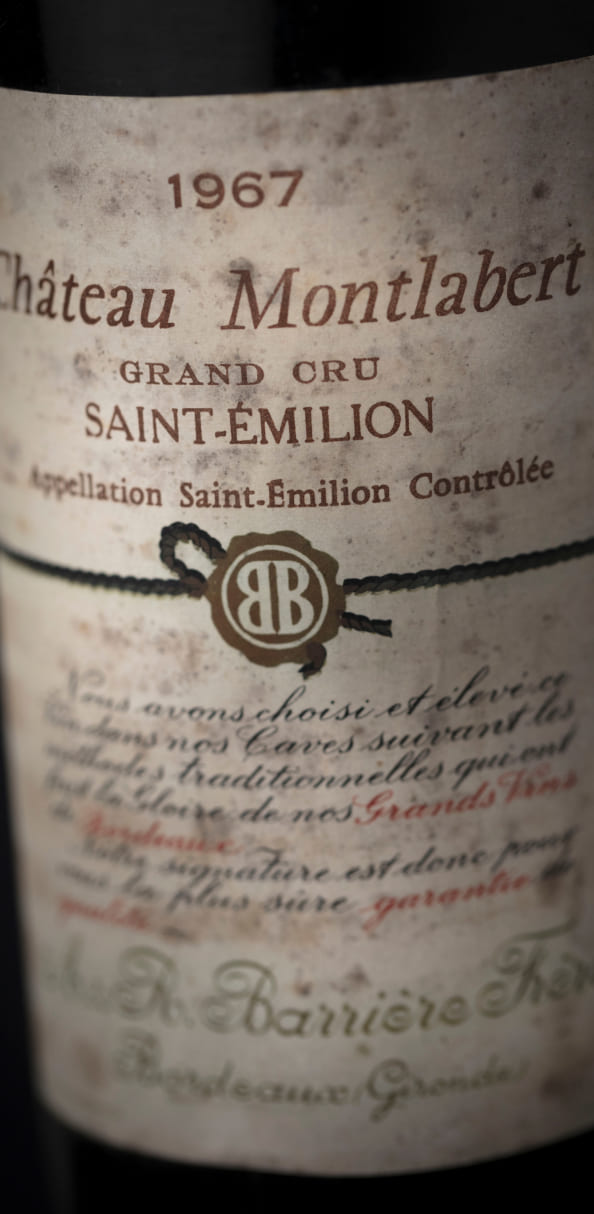

An emblematic workplace where tradition is enriched with a modern spirit.
No rules are imposed here; each material is used in its raw form, without finishing, to embody its essence most accurately.
The cellar and the winemaking area all maintain a visual connection with nature through openings, perspectives, and graphic metaphors that offer glimpses of the vineyards, gardens, and the Chartreuse. The use of original materials (oak, concrete, stainless steel, cork) plays with the verticality of lines and the texture of surfaces.
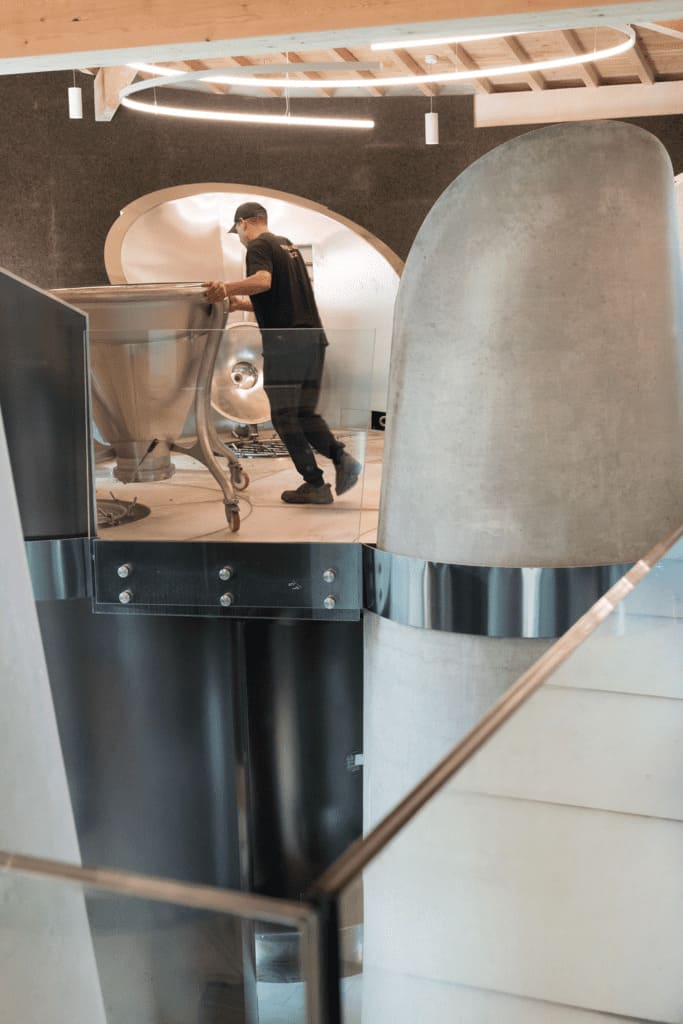

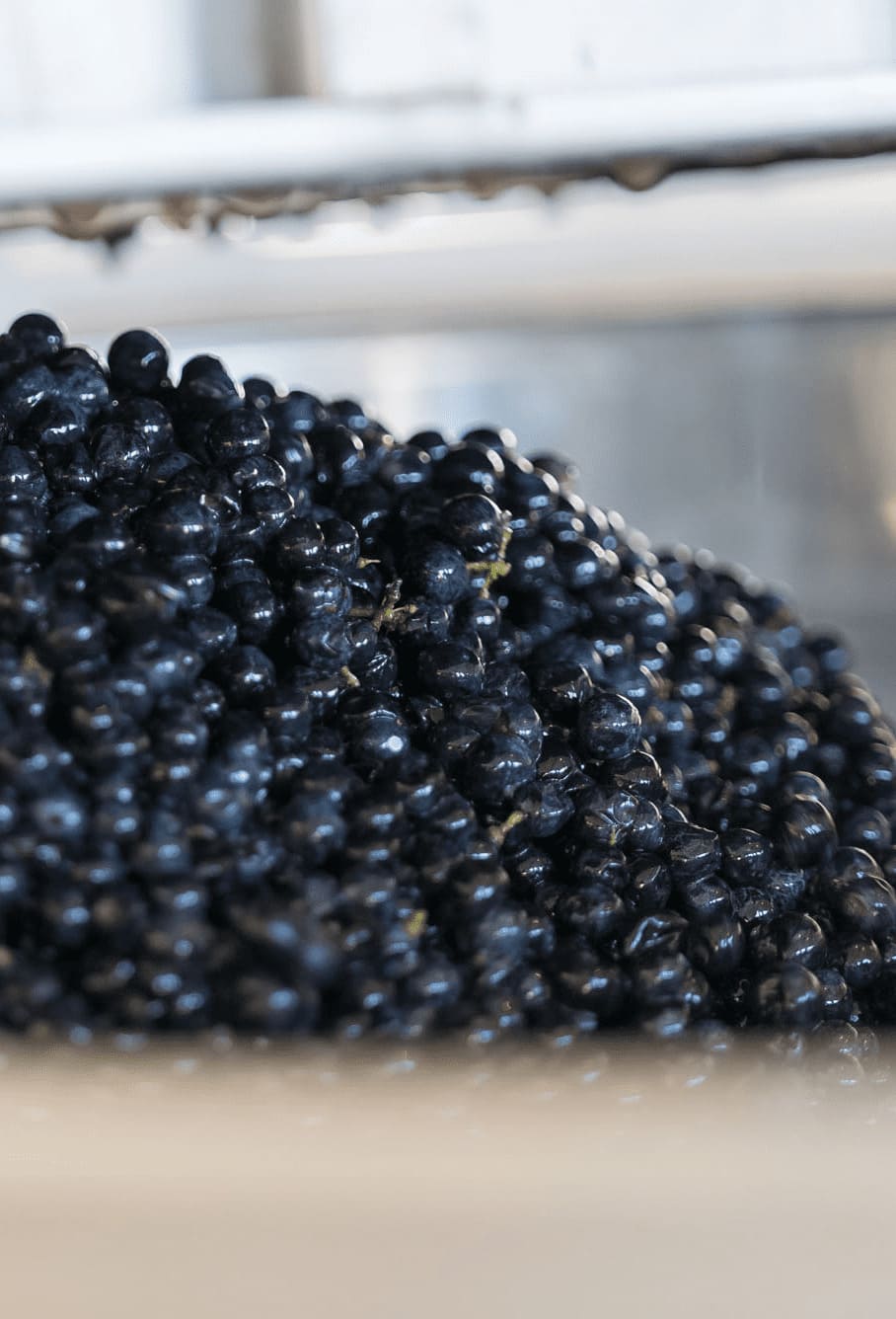
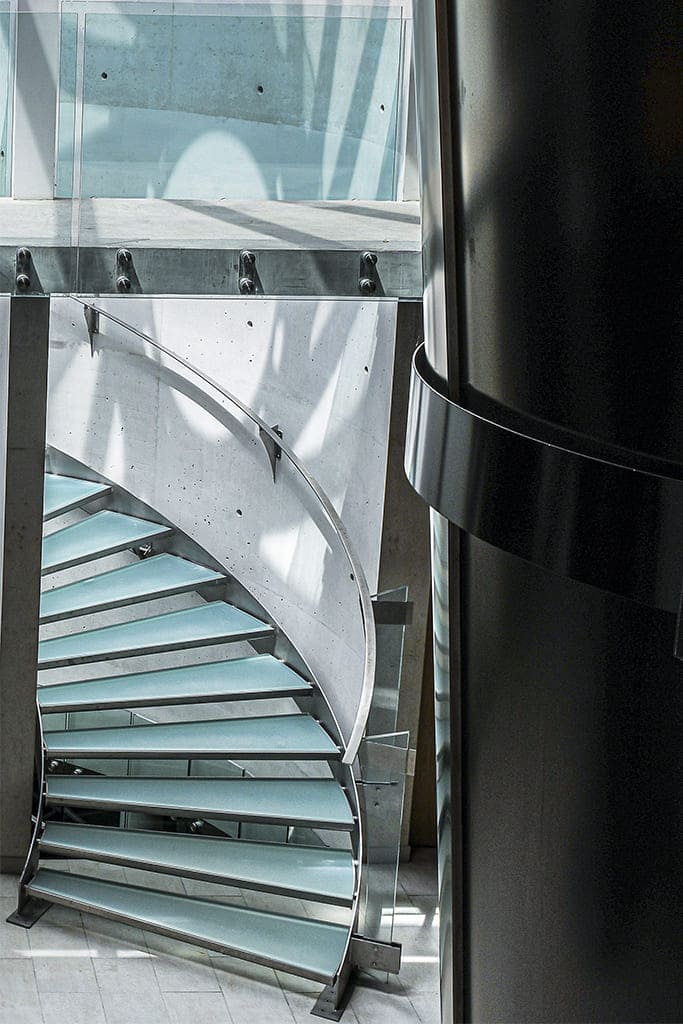
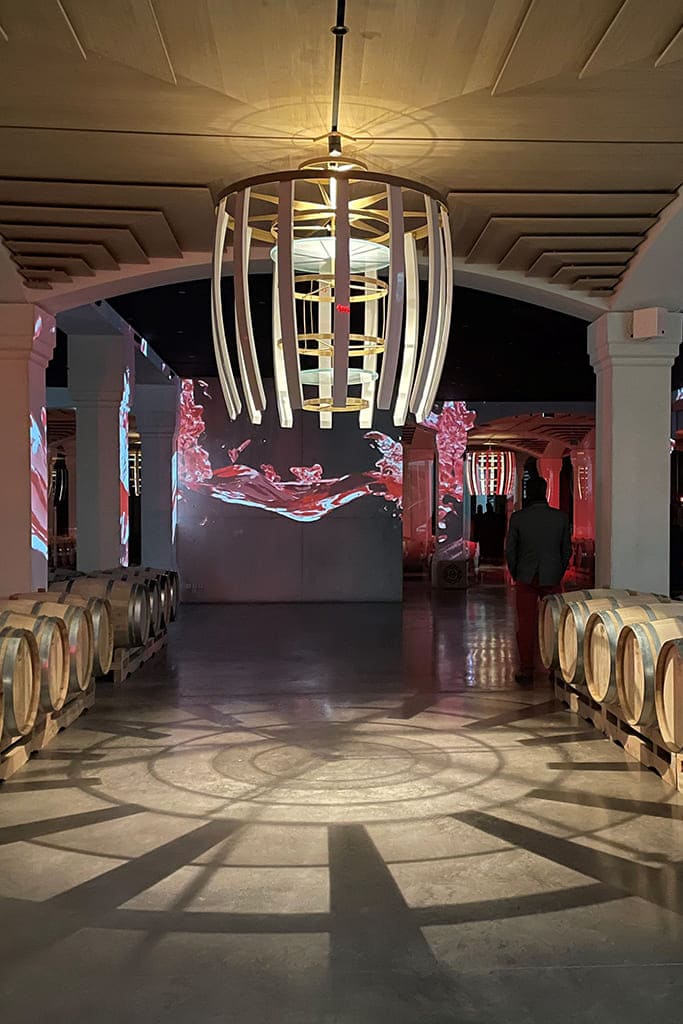
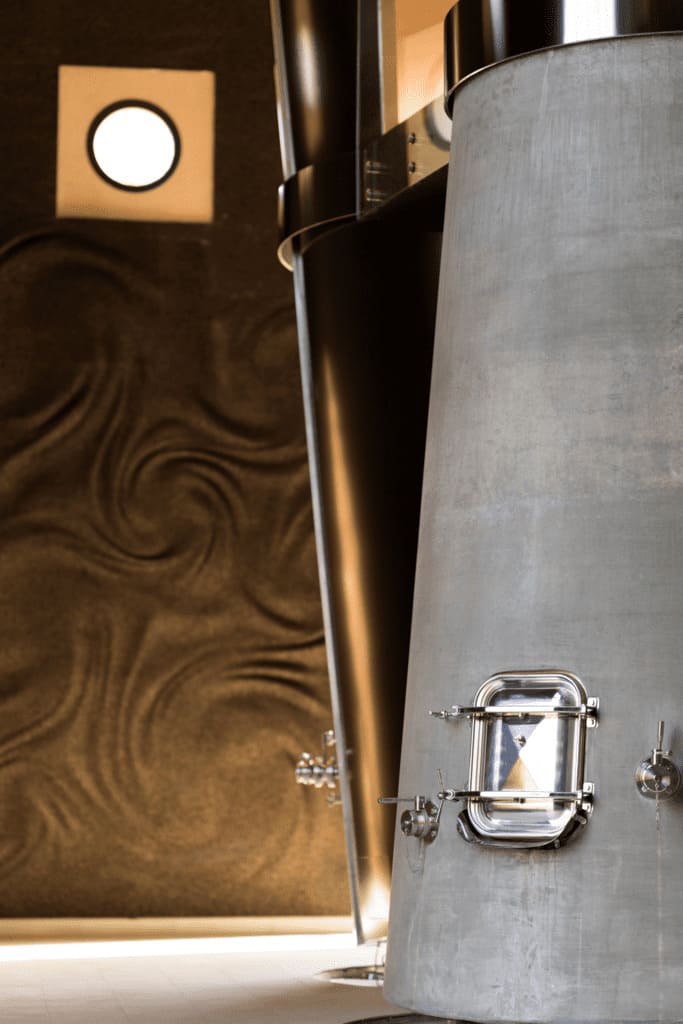
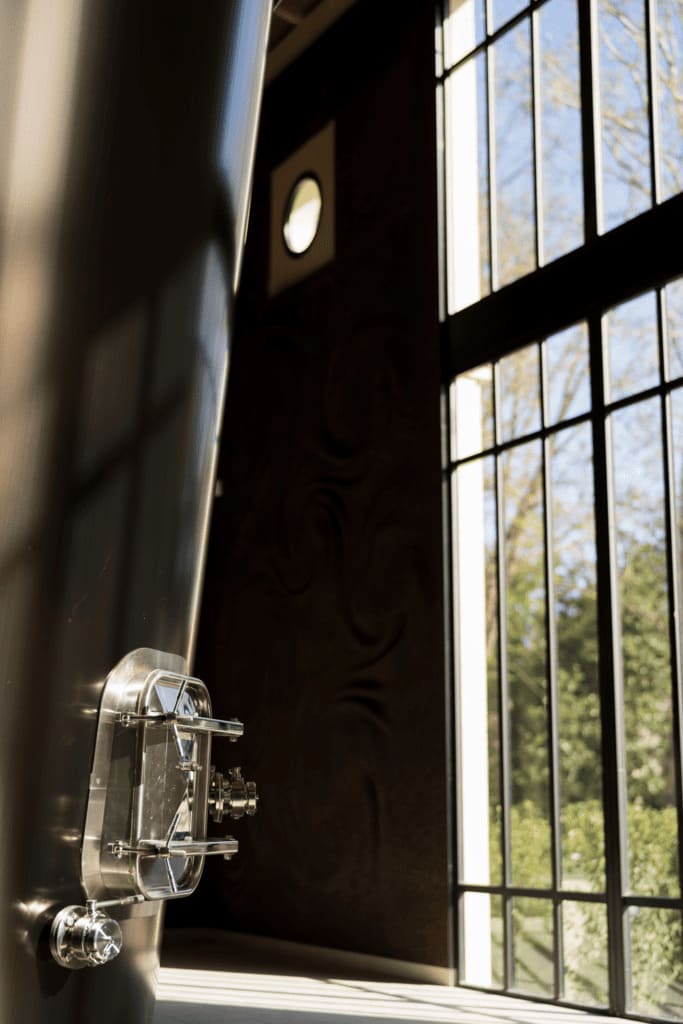
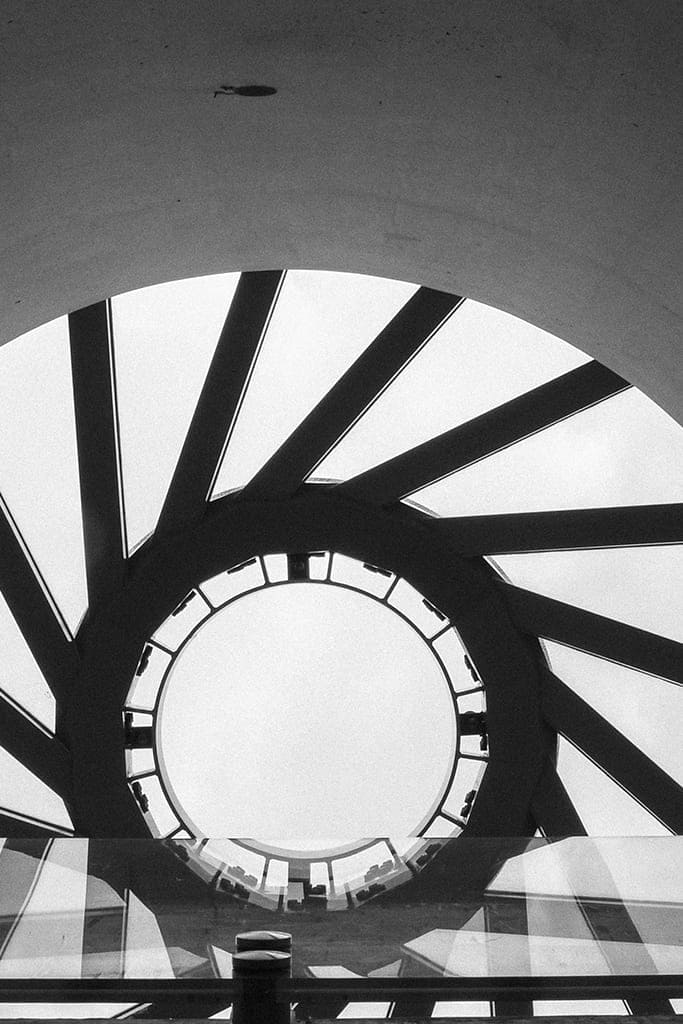
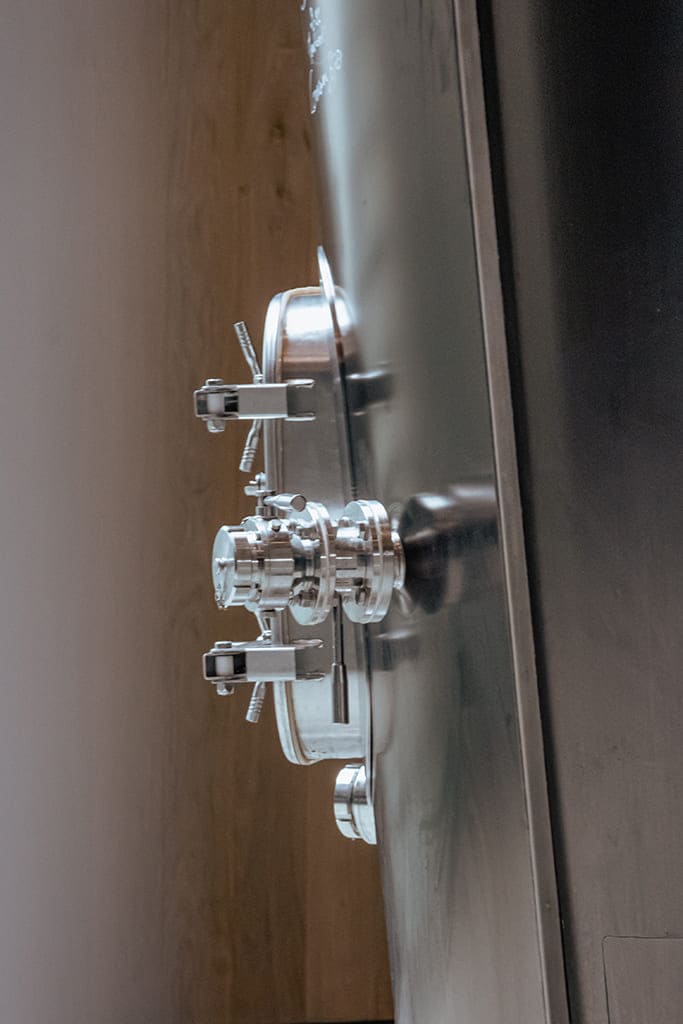
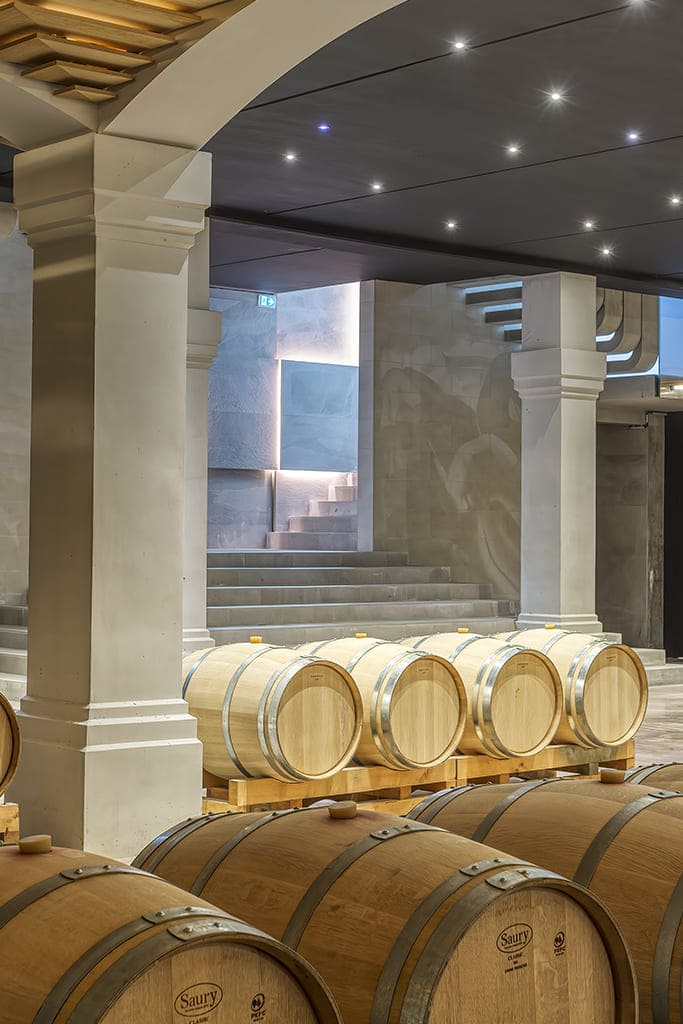
The winemaking area houses 16 thermo-regulated, inverted truncated stainless-steel tanks, integrating the latest technologies in winemaking and aging. These tanks were custom-made to preserve the identity of each plot until the blending process. This high-precision tool allows for precise control of fermentation and maceration temperatures, enhancing the extraction of each plot's unique characteristics.
The intimate understanding of the grape variety, plot, and vintage continues in the barrel cellar. Here, there are two distinct spaces: one for even years and the other for odd years, to bring the malolactic fermentation phase closer to the 18-month aging period without traumatizing movement of the barrels. These high-precision tools and materials reflect the utmost importance of the family Castel's environmental commitment and passion for wine.
Le Château Montlabert est engagé dans une démarche de préservation de la biodiversité, et cela se reflète dans tous les espaces naturels de la propriété.
All the natural spaces of the property are maintained naturally and with respect for the environment.

For many years, Château Montlabert has been committed to preserving biodiversity, which is evident in all the natural areas of the property. Ecologically responsible environmental management is implemented to maintain these natural spaces.
The horticultural heritage of the property contributes to maintaining an ecological balance and promoting biodiversity in the vineyard. Three beehives, installed in the heart of the gardens, shelter thousands of bees. Benefiting from a healthy vineyard and a habitat full of plants with apicultural interest, the little pollinators produce a honey with a complex and aromatic profile. The vitality of the bees is a testament to the ecological richness of the vineyard, and their nectar is the expression of it.
The history, the estate, the cellar, and the garden are all facets that contribute to making Château Montlabert a unique place where history, innovation, craftsmanship, and respect for nature come together.
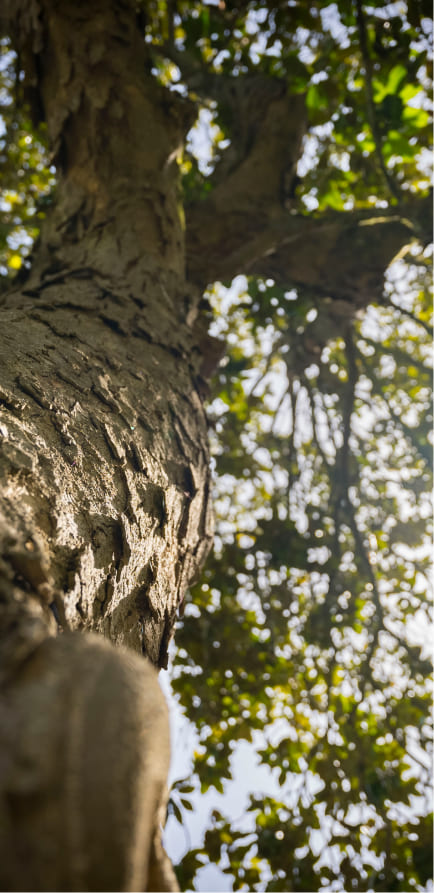
In the intimacy of its 18th-century Chartreuse, Château Montlabert invites you to discover our private dining tables.
Enjoy a tailor-made experience in an 18th-century setting. Humility and intimacy define our Grand Cru Classé, creating a unique atmosphere for your lunch or dinner at one of our two private dining tables.
